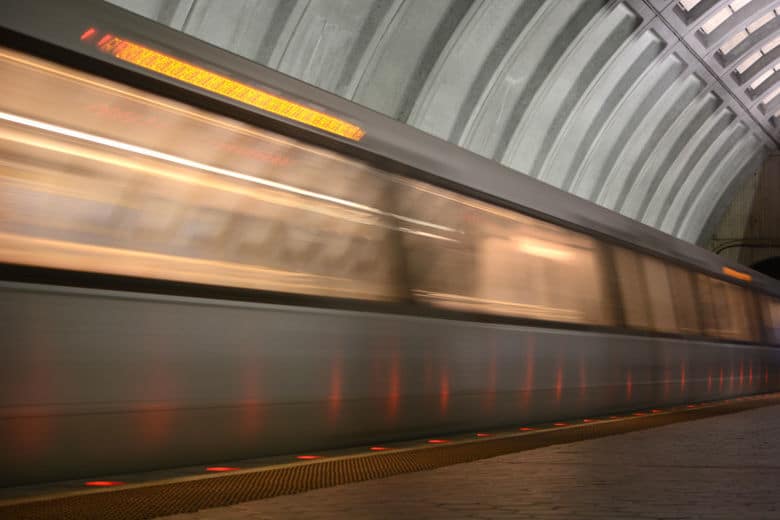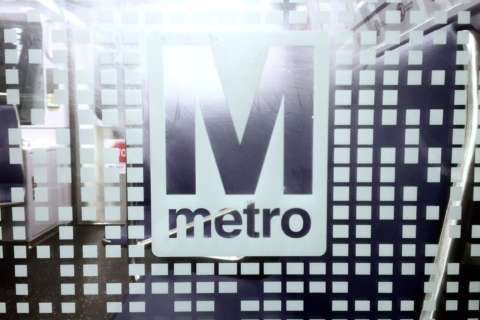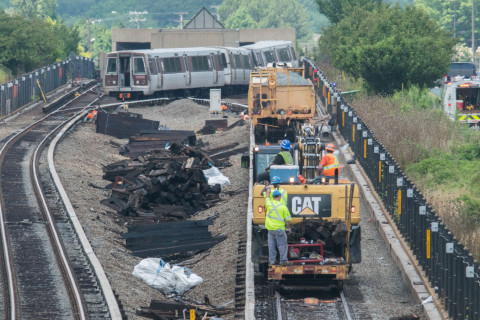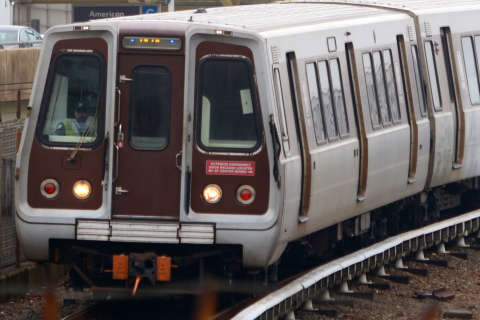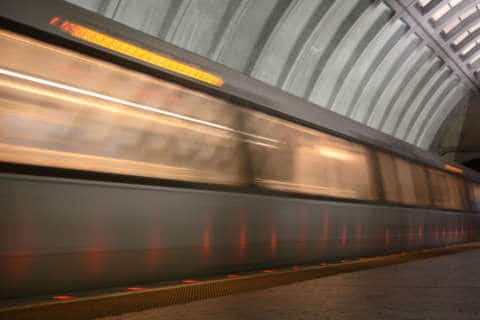
WASHINGTON — Metro inspections crews skipped over some areas of the Rhode Island Avenue-Brentwood Metro station and appeared to copy and paste parts of their reports from previous years in the months before a steel beam and concrete chunks fell from the station’s ceiling in the summer of 2016.
That’s according to a new Metro inspector general report posted online Thursday that called on Metro officials to put in place more robust inspections of hard-to-reach and hard-to-see areas of Metro stations.
The falling debris caused officials to close the Red Line station — one of the system’s oldest — for three days to make temporary repairs in September 2016. The watchdog report comes two months before a planned shutdown of the station this summer to make more long-lasting repairs.
The IG’s report cited “unreliable portions” of several inspection reports and suggested crews may have been copying and pasting language from previous years. The report noted 49 cases where parts of inspection reports for the station contained “exactly the same remarks as previous year’s inspection reports over a three-year period.”
D.C. Council member Jack Evans, who chairs the Metro Board of Directors, told reporters the report is indicative of a culture at Metro that he said General Manager Paul Wiedefeld is changing.
“It was a culture of, I guess, people just thought they could just get away with it and not do what they were supposed to do,” Evans told reporters after a Thursday Metro Board meeting. “And there was nobody looking over their shoulder.”
Allegations that track inspectors had falsified reports for years before a 2016 derailment near the East Falls Church station led Metro officials to fire or discipline nearly half of its track inspection staff.
Of the Rhode Island Avenue station inspection, Wiedefeld said: “We know we’ve had issues and we’re moving to correct them.” But he said the charges of copying and pasting reports are “nothing like what we had in the track department.”
He said some issues repeat or stay the same year-to-year so it’s not unusual that some portions of inspection reports would look similar.
In a statement released Thursday afternoon, Metro said the IG’s report did not reach any conclusions regarding whether records had been falsified but that the agency would take immediate action if it had.
Regarding the falling debris at the Rhode Island Avenue station, the IG report said the area where a steel support beam fell more than 16 feet, landing near an escalator, was located in a hard-to-reach area that was skipped over by inspectors. The IG said there were no policies or procedures directing inspectors to review “nonvisual or hard-to-reach” areas.
Wiedefeld said the transit agency is moving to create new policies and techniques for inspecting hard-to-reach areas of Metro stations, especially as more issues crop up as the stations continue aging.
The concrete chunks fell from a separate area of the station that crews regularly inspected. In 2015, inspectors listed the underside of the track deck as being in “satisfactory condition.” In May 2016 — a few months before the debris fell — inspectors left that section of the report blank, according to the IG.
In its statement, Metro said an internal group focused on quality came up with new measures “to ensure that structural inspections are conducted thoroughly, properly, and in accordance with written policies and procedures. Since then, we have re-inspected all structures using the new controls, and are confident in the inspection process.”
Earlier this week, Metro announced plans to close several stations on the Blue and Yellow Lines next year for the entire summer as part of massive project to repair structural deficiencies at 20 outdoor stations.
Even sooner, part of the Red Line will shut down for 45 days this summer to fix structural problems at the Rhode Island Avenue station. There will be no trains stopping at Rhode Island Avenue or Brookland-CUA between July 21 and Sept. 3.

